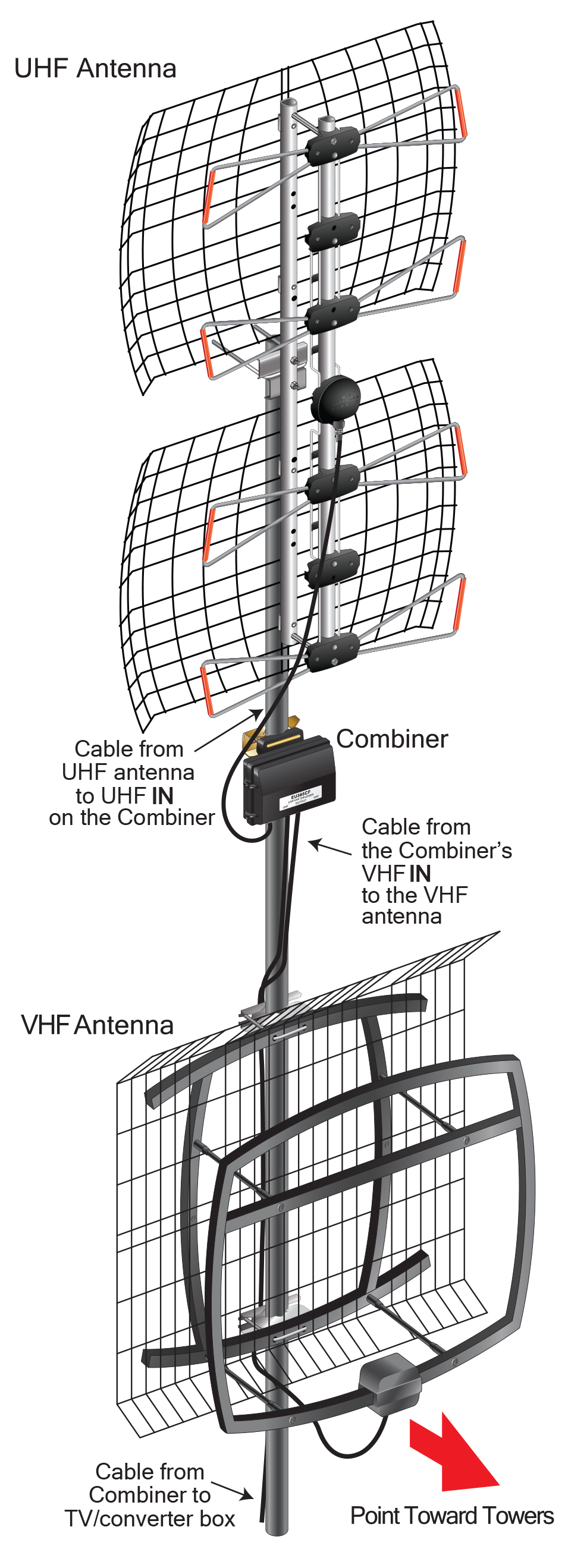What Channels Can I Get With A Digital Antenna

In an era dominated by streaming services and expensive cable packages, a growing number of consumers are rediscovering a surprisingly effective and budget-friendly alternative: the digital antenna. Millions are cutting the cord, seeking ways to access over-the-air (OTA) broadcasts without sacrificing their favorite local news, sports, and entertainment. But the big question remains: what channels can you realistically expect to receive with a digital antenna in today's media landscape?
This article delves into the world of digital antennas, offering a comprehensive guide to understanding their capabilities and limitations. It explores the factors influencing channel reception, identifies common channel offerings, and provides tips for maximizing your OTA viewing experience. The goal is to empower readers with the knowledge to make informed decisions about whether a digital antenna is the right choice for their entertainment needs.
Understanding the Basics of Digital Antennas
Digital antennas, also known as OTA antennas, receive free broadcast signals transmitted by local television stations. These signals are unencrypted and available to anyone with a compatible antenna and television. Unlike older analog antennas, digital antennas are designed to receive high-definition (HD) signals, offering a crisp and clear picture quality that often rivals cable and satellite.
Factors Affecting Channel Reception
The number and quality of channels you can receive with a digital antenna depend on several key factors. Location is paramount; proximity to broadcast towers significantly impacts signal strength. The type of antenna used, whether indoor or outdoor, also plays a crucial role, with outdoor antennas generally providing better reception due to their higher placement and larger size.
Another vital factor is the presence of obstructions like buildings, trees, and hills. These obstacles can weaken or block signals, reducing the number of channels available. Terrain can also affect signal propagation.
Finally, atmospheric conditions can influence signal quality, with heavy rain or snow potentially causing interference. Weather impacts the viewing experience.
Common Channels Available with a Digital Antenna
The channels you can receive with a digital antenna typically include major network affiliates, such as ABC, CBS, NBC, Fox, and PBS. These networks offer a diverse range of programming, including news, sports, dramas, comedies, and reality shows. Many stations also broadcast subchannels, which are additional channels that offer specialized content like classic television shows, movies, or educational programming.
Telemundo and Univision are popular Spanish-language networks frequently available via OTA broadcasts in many areas. These channels provide news, entertainment, and sports programming tailored to Spanish-speaking audiences.
In addition to the major networks, you may also receive independent stations that offer a mix of local news, community programming, and syndicated content. The specific channel lineup will vary depending on your location and the broadcast towers in your area.
Determining Channel Availability in Your Area
Several online resources can help you determine which channels are available in your area. The FCC's website offers a tool to search for available channels based on your address. AntennaWeb.org is another valuable resource that provides a detailed list of channels and antenna recommendations based on your location.
These websites use signal strength maps to estimate the channels you can realistically receive with different types of antennas. Before purchasing an antenna, it is recommended to consult these resources to ensure you are selecting the right one for your needs.
Experimentation is also beneficial. Try different antenna placements to optimize signal reception before making a final decision.
Choosing the Right Digital Antenna
The type of digital antenna you need depends on your location and the distance to broadcast towers. Indoor antennas are suitable for those who live relatively close to towers and have a clear line of sight. They are easy to install and relatively inexpensive.
Outdoor antennas are designed for those who live further from broadcast towers or have obstructions blocking their signals. They offer better reception but require more involved installation, often involving mounting the antenna on a roof or mast.
Amplified antennas can boost weak signals, but they are not a solution for all reception problems. An amplifier will only amplify the signals it receives; if there is no signal to amplify, an amplifier will not help. Consider both directional and omnidirectional antennas depending on the signal origin.
Maximizing Your OTA Viewing Experience
Once you have chosen and installed your digital antenna, there are several steps you can take to maximize your OTA viewing experience. Scanning for channels is crucial to ensure your TV recognizes all available broadcasts. Regularly rescan to pick up new channels or changes in broadcast frequencies.
Experiment with antenna placement to find the optimal location for signal reception. Even small adjustments can make a significant difference in the number and quality of channels you receive. Consider investing in an OTA DVR (digital video recorder) to record your favorite shows for later viewing.
OTA DVRs allow you to pause, rewind, and record live TV, similar to a cable or satellite DVR. They provide a convenient way to manage your OTA content. Many modern TVs have built-in features to improve the viewing experience.
The Future of OTA Broadcasting
OTA broadcasting continues to evolve, with advancements in technology promising to enhance the viewing experience. ATSC 3.0, also known as NextGen TV, is a new broadcast standard that offers improved picture and sound quality, as well as interactive features. While still in its early stages of deployment, ATSC 3.0 has the potential to revolutionize OTA broadcasting.
With increased adoption of ATSC 3.0, viewers can expect to see even more high-quality content delivered over the air. The technology opens doors for targeted advertising and enhanced emergency alerts, adding value to the OTA experience. Increased accessibility and a broad range of free content suggest that digital antennas will remain a relevant entertainment option for the foreseeable future.
In conclusion, while the specific channels you can receive with a digital antenna vary based on location and other factors, the potential for free, high-definition television remains a compelling prospect for cost-conscious consumers. By understanding the technology and optimizing your setup, you can unlock a wealth of over-the-air content and enjoy a satisfying viewing experience without breaking the bank.

![What Channels Can I Get With A Digital Antenna [View 36+] Tv Guide Antenna Tv Channel List](https://www.airtv.net/local-channels/images/OTA_diagram.jpg)






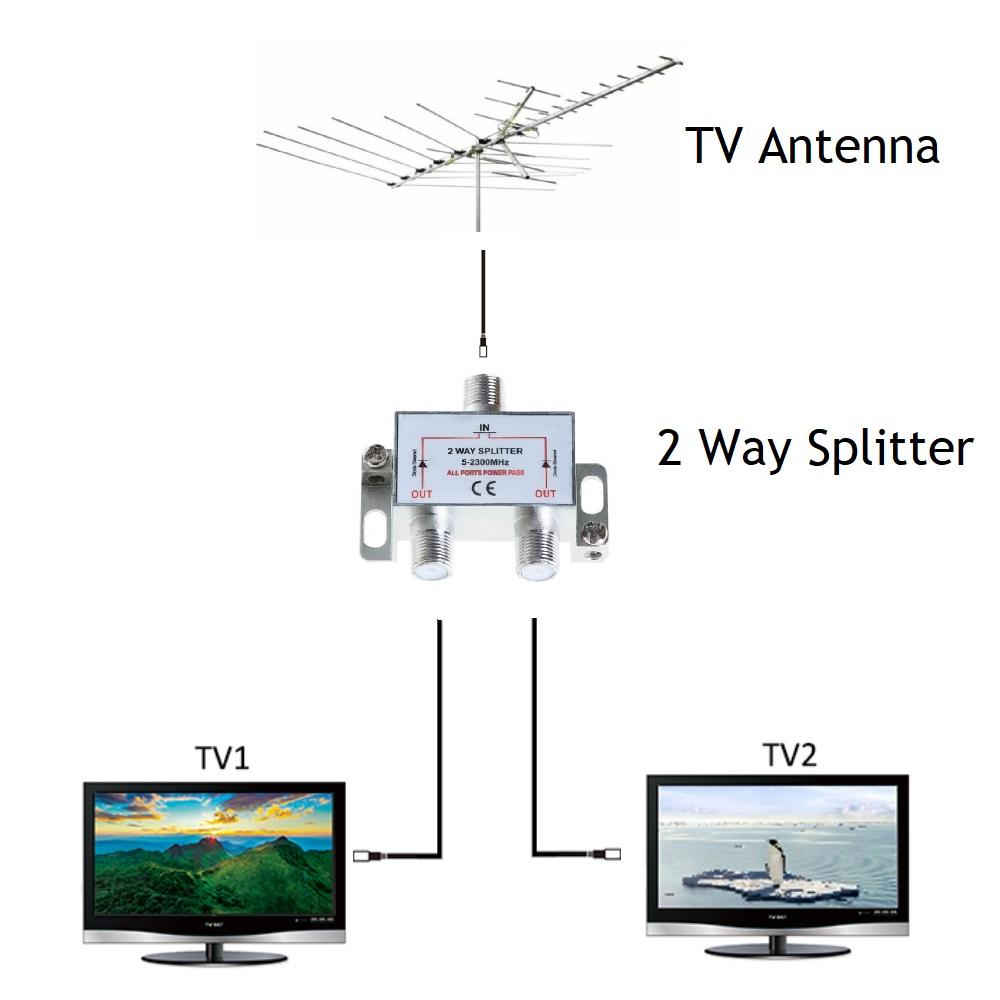
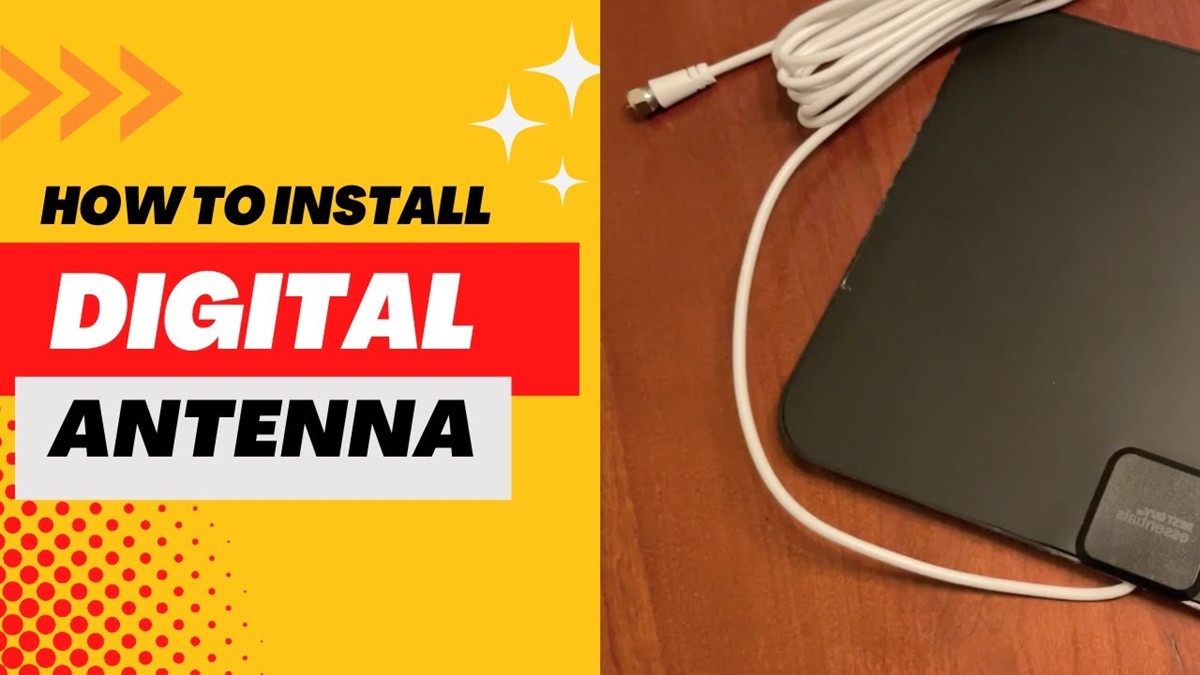




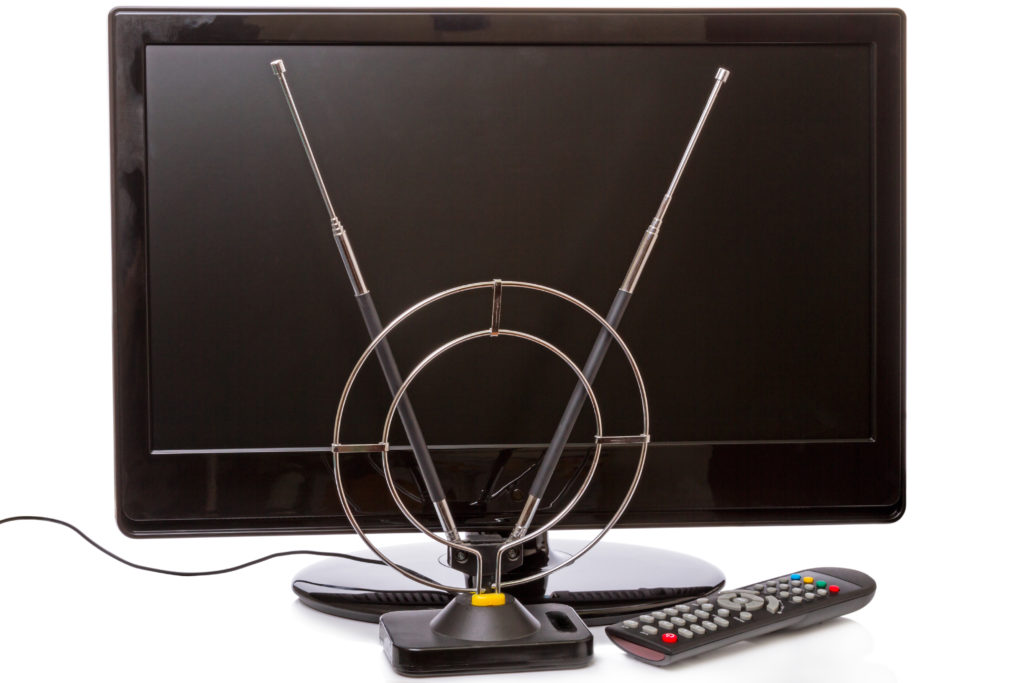
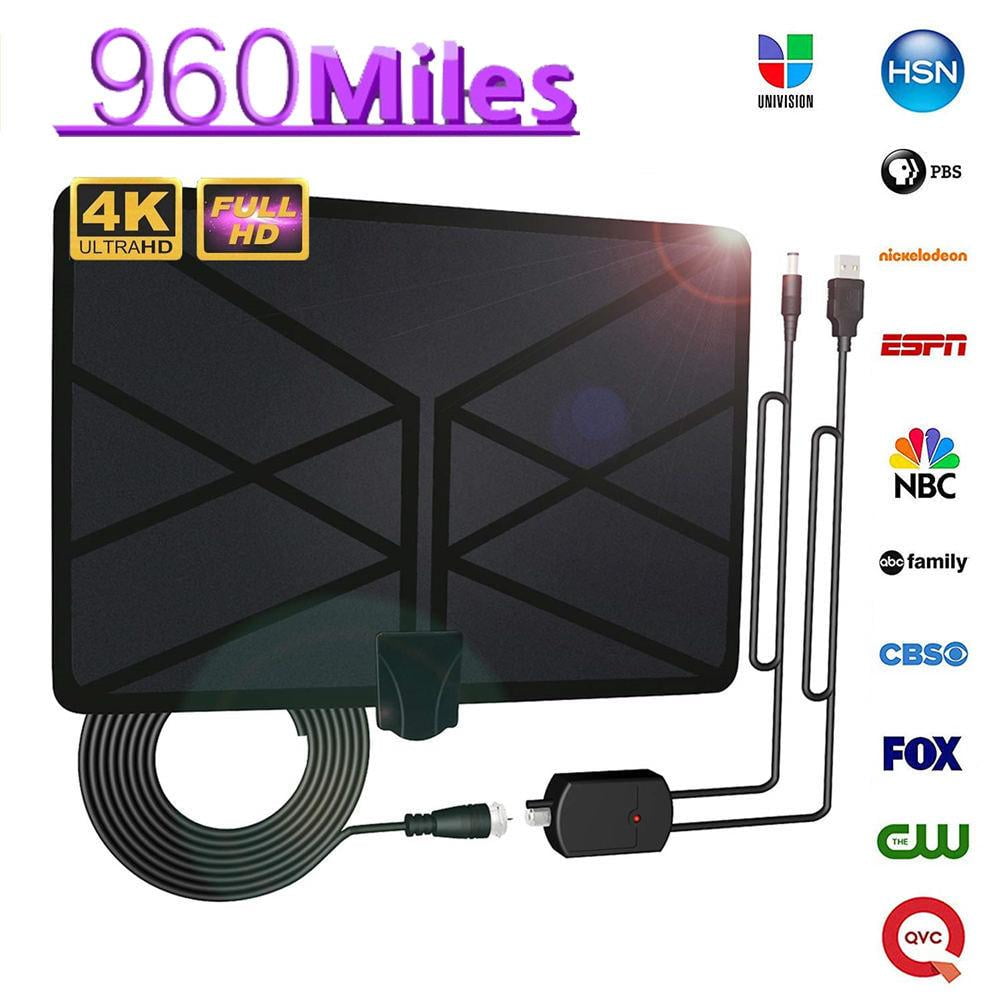
![What Channels Can I Get With A Digital Antenna [36+] Digital Tv Antenna Direction Map](https://wpcdn.us-midwest-1.vip.tn-cloud.net/www.kvrr.com/content/uploads/2016/12/Coverage-Map-img-1.png)
